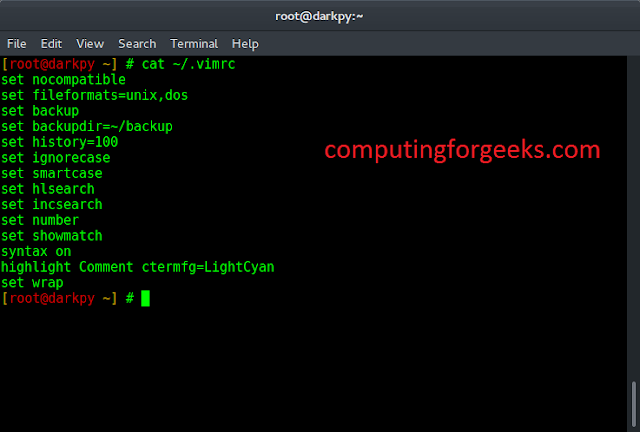Django is a Python-based web framework that allows you to quickly create efficient web applications. It is also called batteries included framework because Django provides built-in features for everything including Django Admin Interface, default database – SQLlite3, etc.
Installation
Install the Mysql database, After downloading install the setup and set the admin and password.
https://dev.mysql.com/downloads/installer/
Install Django
pip install django
Then install another library to use the MySQL database
pip install mysqlclient
Steps to connect MySQL to Django
Step 1: Create a new project
django-admin startproject MyDB
Step 2: Move to the MyDB folder.
cd MyDB
Step 3: Create a MySql database.
Step 4: Update the settings.py
Open settings.py here inside the DATABASES variable configure MySQL database values, and add values of your database.
Python3
DATABASES = { 'default': { 'ENGINE': 'django.db.backends.mysql', 'NAME': 'mydb', 'USER': 'root', 'PASSWORD': 'admin', 'HOST':'localhost', 'PORT':'3306', }} |
First, we have replaced the ‘django.db.backends.sqlite3’ to ‘django.db.backends.mysql’. This is basically indicating we shift SQLite to MySQL database.
- NAME: It indicates the name of the database we want to connect.
- USER: The MYSQL username is the one who has access to the database and manages it.
- PASSWORD: It is the password of the database.
- HOST: It is indicated by “127.0.0.1” and “PORT” “3306” that the MySQL database is accessible at hostname “0.0.1” and on port “3306.”
Step 5: Run the server.
python manage.py runserver
Step 6: Run the migration command
python manage.py makemigrations

python manage.py migrate





